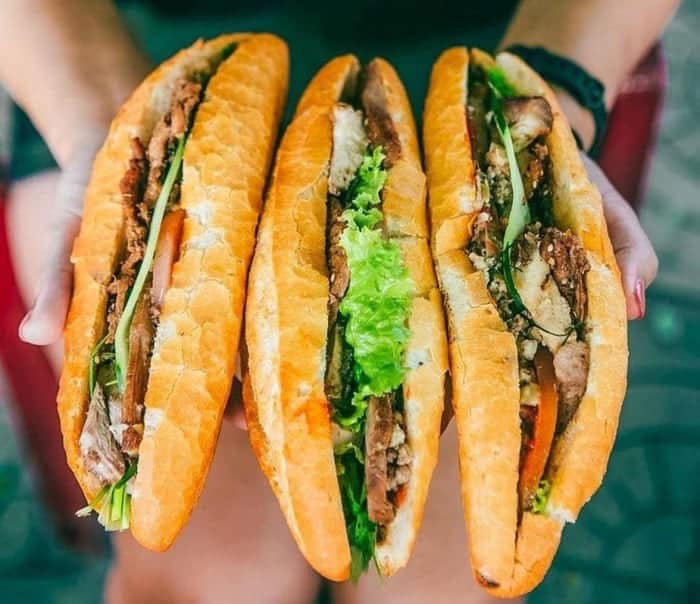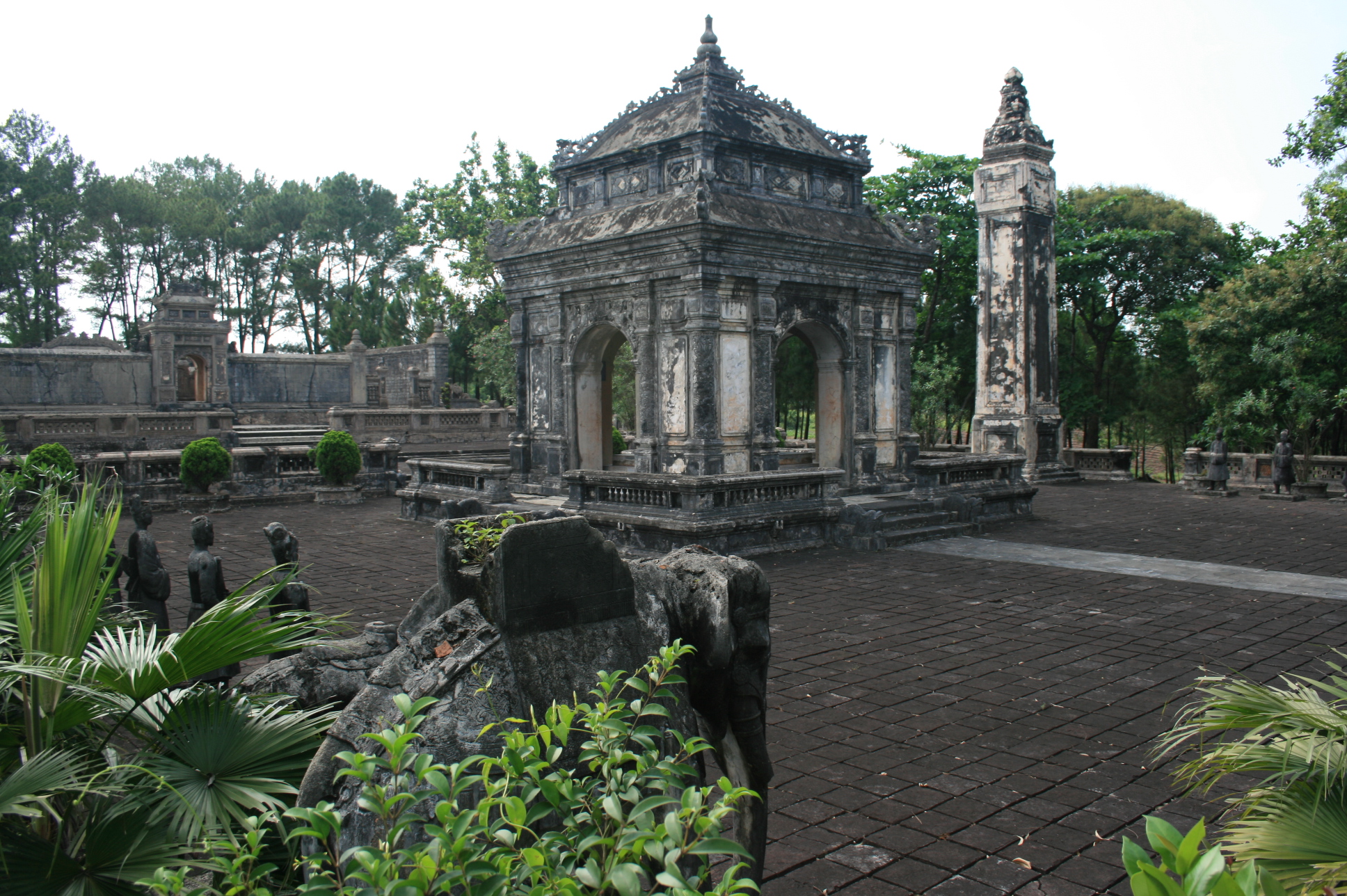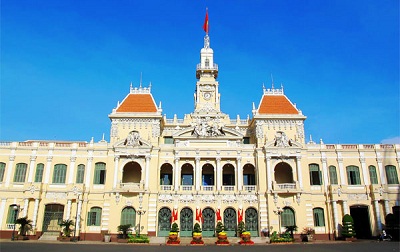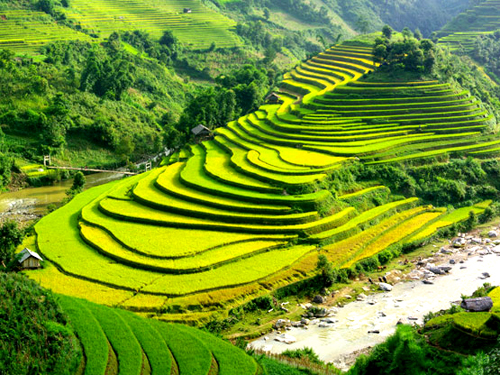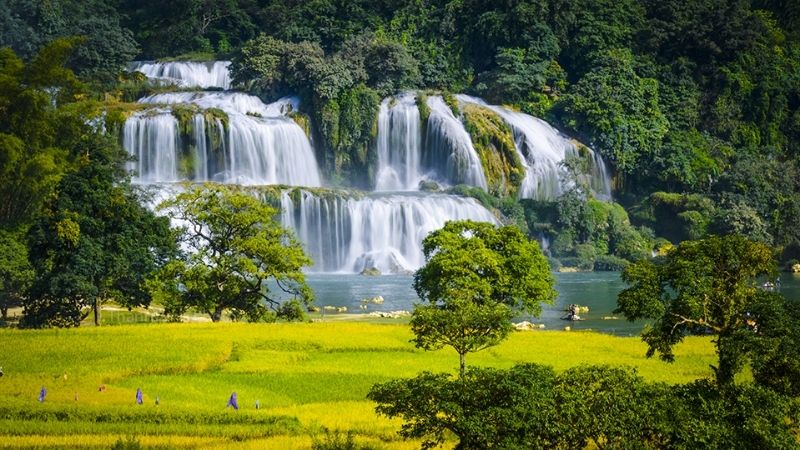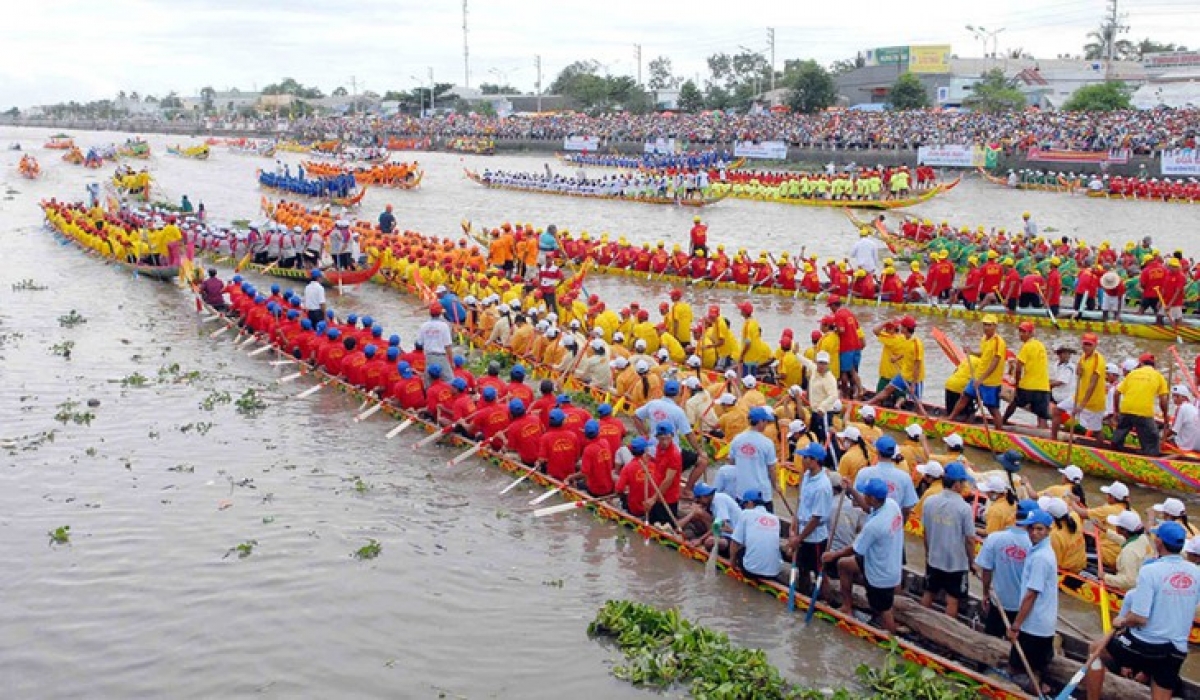The Vietnamese Calendar and Its Lunar Origins
Vietnam, a country rich in cultural and historical traditions, relies heavily on the Vietnamese calendar for determining holidays, festivals, and agricultural practices. This calendar is a sophisticated blend of the solar and lunar systems, reflecting Vietnam’s agrarian roots and cultural influences from neighboring China. The Vietnamese calendar’s unique structure and its alignment with the lunar calendar make it a fascinating subject for anyone interested in understanding the rhythms of Vietnamese life.
Origins and Structure
The Vietnamese calendar is a lunisolar calendar, meaning it integrates both the cycles of the moon and the sun. Its origins trace back to ancient Chinese astronomy and calendrical science, adopted and localized by the Vietnamese over centuries. Like the Chinese calendar, the Vietnamese version divides the year into 12 months, with each month corresponding to a lunar cycle. A standard year consists of 354 or 355 days, but a leap month is added approximately every three years to realign the calendar with the solar year.
Each month in the Vietnamese calendar begins with the new moon, and the full moon typically falls on the 15th day. The leap month, known as “tháng nhuận,” ensures that significant festivals and agricultural activities remain aligned with the seasons.
Zodiac and Naming System
The Vietnamese calendar also incorporates a zodiac system with a 12-year cycle, where each year is represented by an animal sign. While the zodiac animals are largely similar to the Chinese version, there are some differences. For example, the rabbit in the Chinese zodiac is replaced by the cat (đồng) in the Vietnamese version. The reasons for this substitution are not definitively known, but theories suggest linguistic or cultural preferences.
The names of the months in the Vietnamese calendar follow a simple numerical system (e.g., Tháng Giêng for the first month, Tháng Hai for the second month, and so on). However, specific months are imbued with cultural and spiritual significance, often tied to important festivals.
Major Festivals and Celebrations
The Vietnamese calendar plays a central role in determining the dates of major festivals and celebrations. Among the most significant is Tết Nguyên Đán, or Lunar New Year, which marks the beginning of the lunar calendar. Tết is a time of family reunions, ancestor worship, and cultural rituals to usher in good fortune for the coming year.
Another notable festival is the Mid-Autumn Festival (Tết Trung Thu), celebrated on the 15th day of the 8th lunar month. This festival is a time for children to enjoy lantern processions and mooncakes while families gather to admire the full moon.
In addition to these, the Vietnamese calendar also dictates dates for agricultural practices, religious observances, and other cultural events. For example, the first and fifteenth days of each lunar month are considered auspicious for offerings to ancestors and the Buddha.
Agricultural Significance
Vietnam’s agricultural heritage is deeply intertwined with the lunar calendar. Farmers rely on it to plan planting and harvesting schedules, as lunar phases influence tides, rainfall patterns, and crop growth. The calendar’s integration of solar terms, known as “tiết khí,” ensures alignment with seasonal changes, making it a valuable tool for agrarian communities.
Modern Relevance
In contemporary Vietnam, the Gregorian calendar is widely used for official and international purposes. However, the Vietnamese lunar calendar remains deeply ingrained in cultural and spiritual life. From setting wedding dates to planning festivals, its influence is evident in daily activities and important life events.
The Vietnamese calendar is more than just a tool for marking time; it is a testament to the country’s rich cultural heritage and its harmonious blend of astronomy, agriculture, and spirituality. Rooted in ancient traditions yet still relevant today, the calendar continues to shape Vietnam’s identity and way of life. By understanding its complexities and significance, one gains deeper insight into the soul of Vietnamese culture.
Start planning your tailor-made Viet Nam tour by contacting one of our specialists…

The Most Popular Articles

